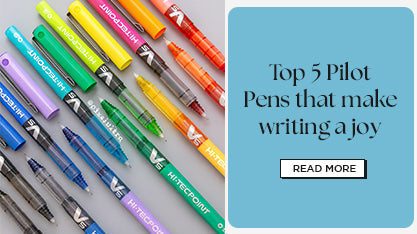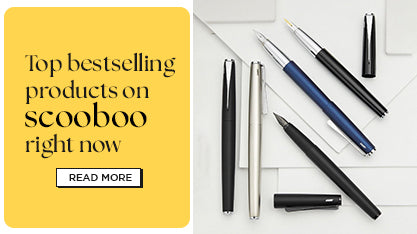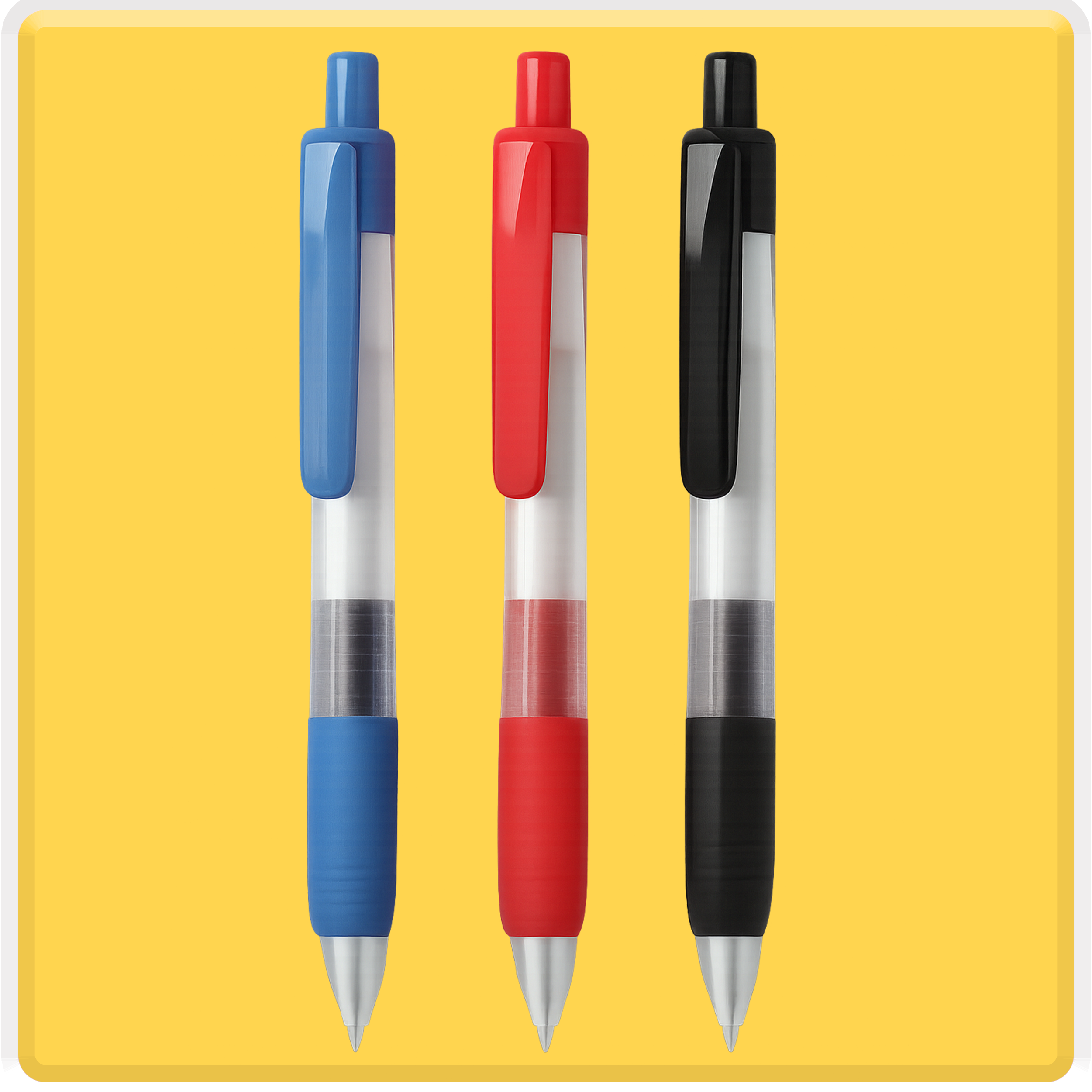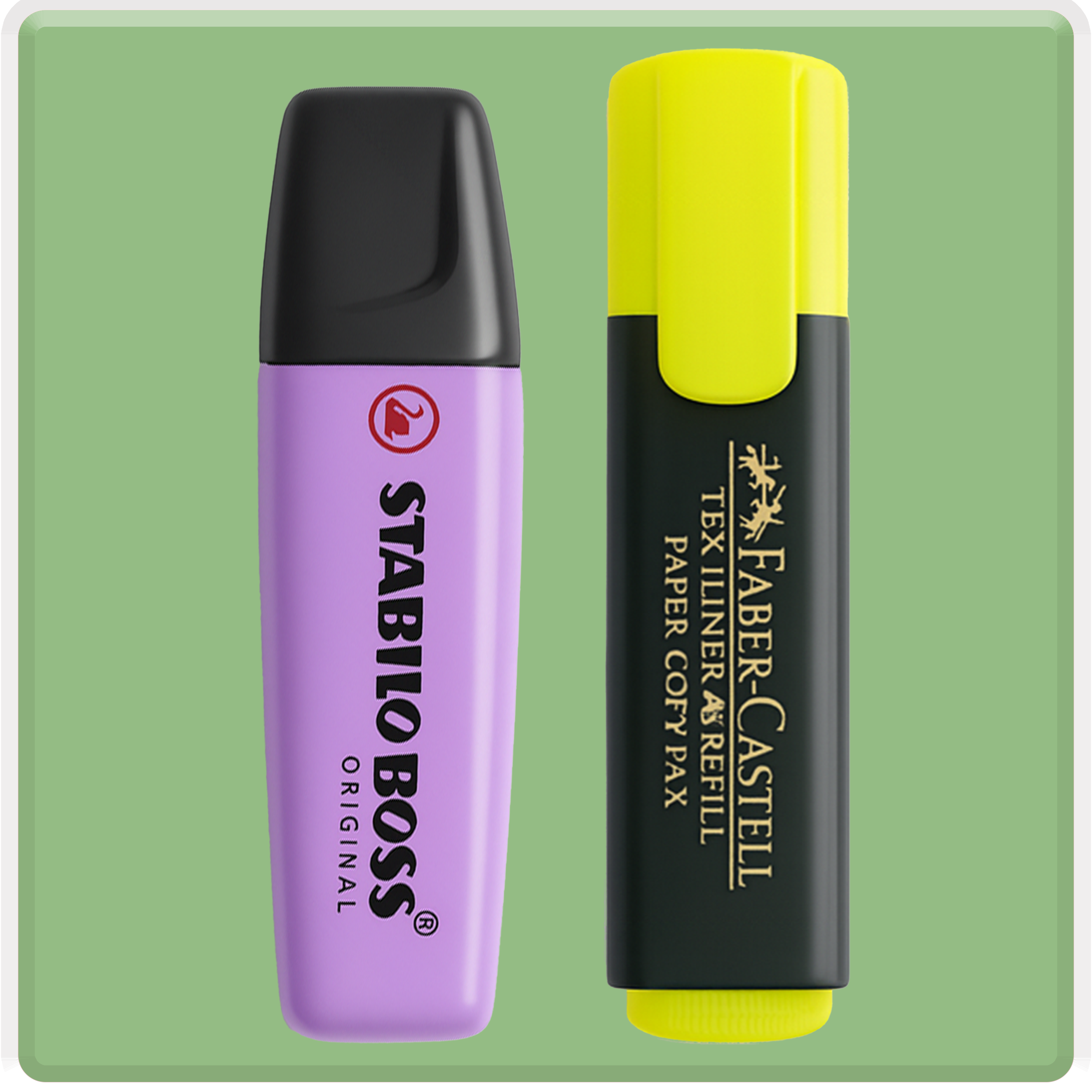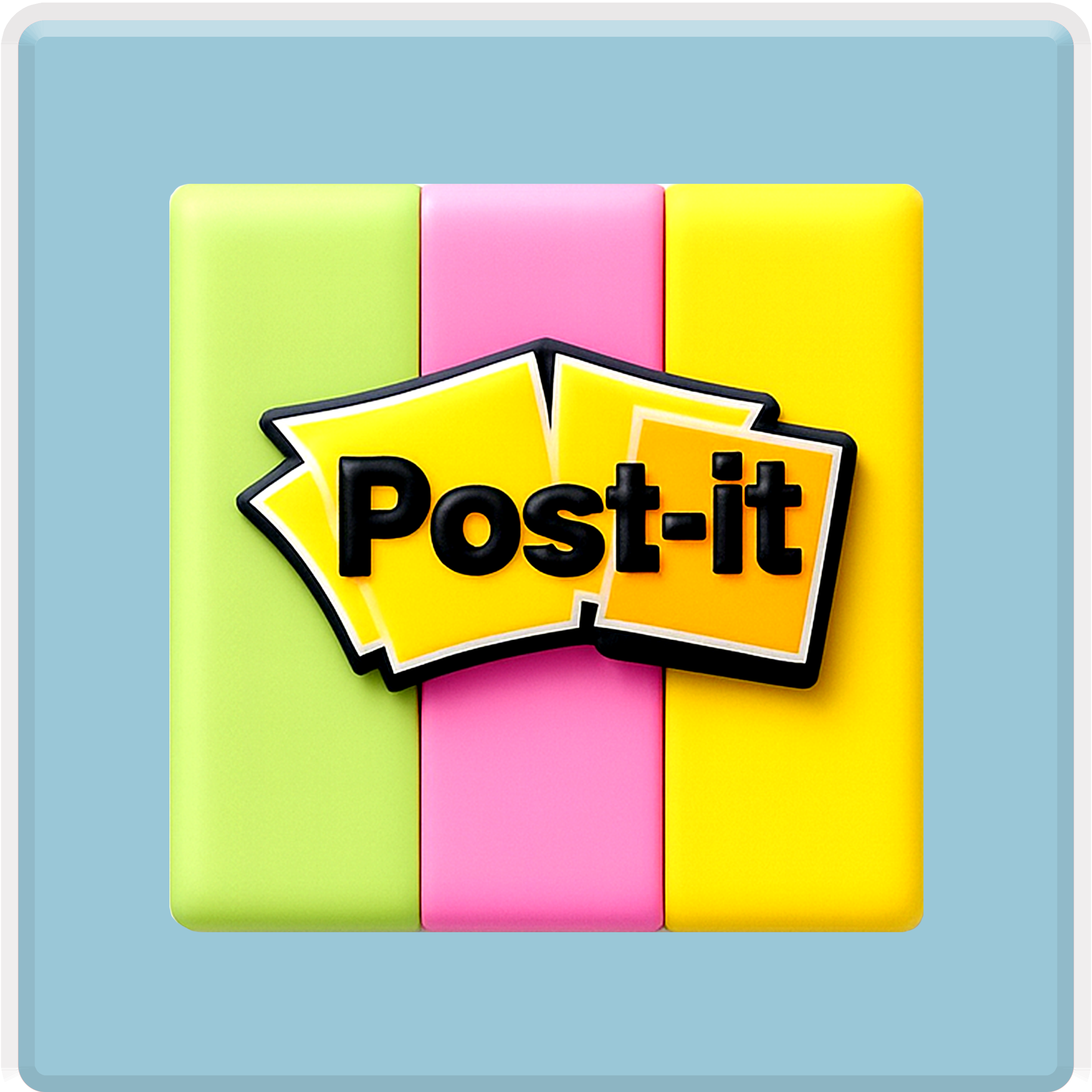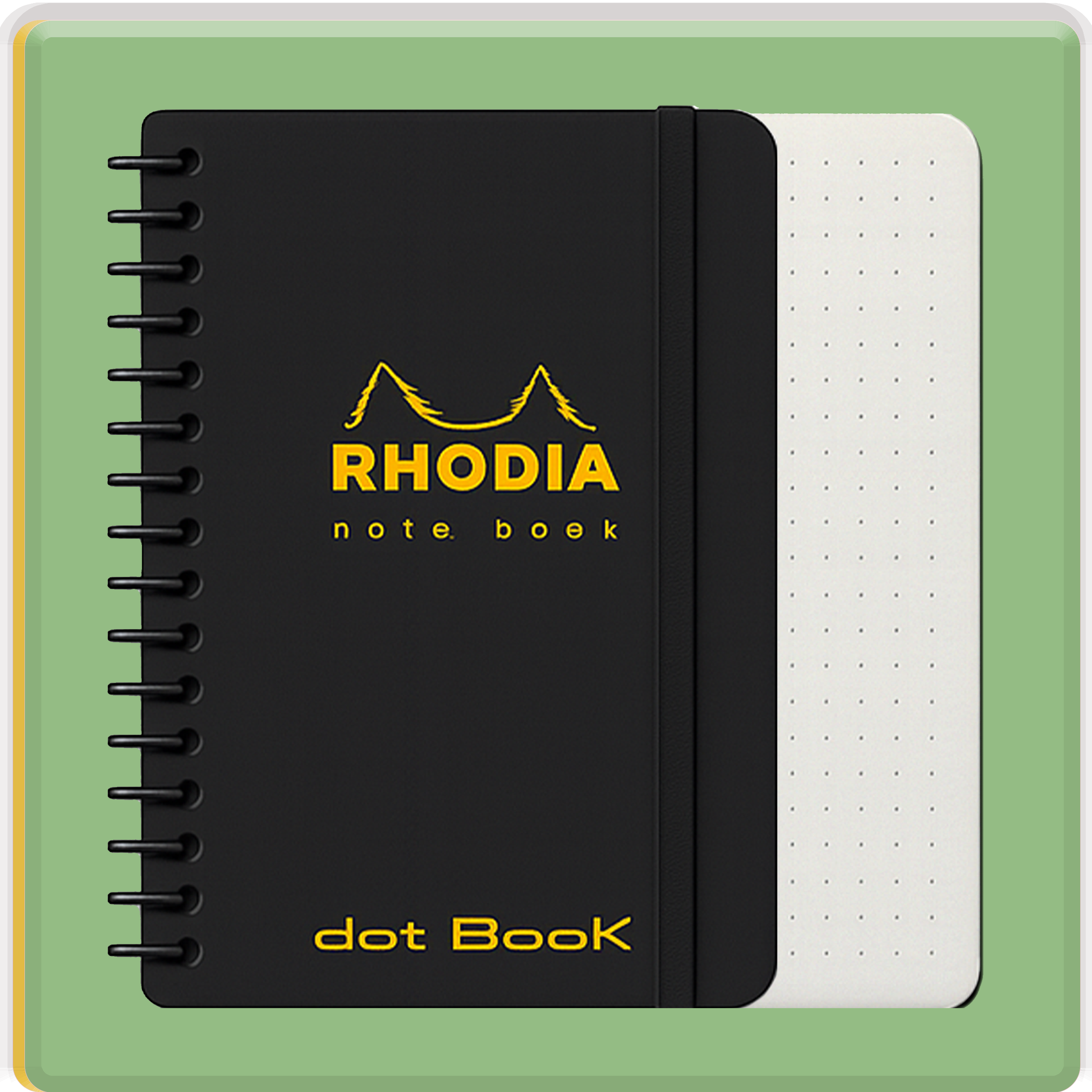
In all its grandeur, that fountain pen writing is one of the best things one could do away from complicated, difficult writing. In such an age of phones and laptops, writing with a fountain pen is again slowest and best by the beautiful smooth ink, pure attention without sound, and a little time all to oneself.
If you're new to fountain pens or in search of a newer one, then do not worry; this is your jargon-free guide as far as all the details go.
What makes fountain pens special?
Normal ballpoint and rollerball pens rely on pressure to write, while fountain pens don't. The ink just flows naturally out of the nib (that's the tip). It's slicker, more relaxing, and over time the pen actually adapts to your handwriting.
Moreover, you can choose your ink, nib, and appearance of your pen — so it is truly yours.
Choose the Correct Nib Size
The nib is the part that contacts the paper. It determines how thick your handwriting appears.
- Extra Fine or Fine: Perfect for neat, small handwriting.
- Medium: A good compromise — smooth and clean.
- Broad: Bold and elegant — great for signatures or creative writing.
Bonus Tip: Steel nibs are durable and cost-effective. Gold nibs are softer and smoother, perfect for serious pen enthusiasts.
Choose How You Want to Refill It
- Fountain pens have different refilling methods:
- Cartridges: The easiest to use: snap in and write.
- Converters: Refillable with bottled ink and can give you an array of shades, are environmentally friendly, and cheap.
- Piston Fillers: Carry more ink — perfect for heavy writers.
- Eyedroppers: Keep bundles of ink, but they can be messy. Often for the advanced user.
Find the Perfect Pen for Your Hand
Pens are available in different shapes and materials.
- Plastic or Resin: Light and convenient on an everyday basis.
- Metal: Heavier and more premium.
- Wood or Fancy Materials: Unique and often handmade — great for gifts.
Choose the pen that feels more comfortable to hold, especially if you will be writing long written pages.
Match Your Pen to Your Purpose
How you’ll use your pen makes a big difference:
- For everyday writing: Go for a simple, comfy pen with a fine or medium nib.
- For art or calligraphy: Try a broader nib or a pen with a flexible tip.
-
For work or formal use: A classic-looking pen with a medium nib works best.
The Right Brand Clean Start (and Budget)
There is a fountain pen for every wallet:
Beginners: Experiment with some reliable but affordable brands like Pilot, Lamy or Kaweco.
On the hunt for something sharper? Sailor, Pelikan or Montblanc gives extravagant pens that come with high-quality, exclusive nibs and finishes.
You don't have to spend great amounts of money to find a pen that you'll like — start simple and, if you want to, invest in upgrades down the track.
Conclusion
A fountain pen does not define writing-it defines slowing down, being present, and appreciating the finer things.
Doesn't matter if you are penning your thoughts in the diary at midnight, jotting some notes at school, or signing a huge new contract types of pens are here for all types of writers.
Scroll through our offerings to discover your pen because when writing is done with a comfortable pen, it becomes an affair to cherish
This pen is built for everyday life-whether you are commuting, flying, or zipping from class to class.



